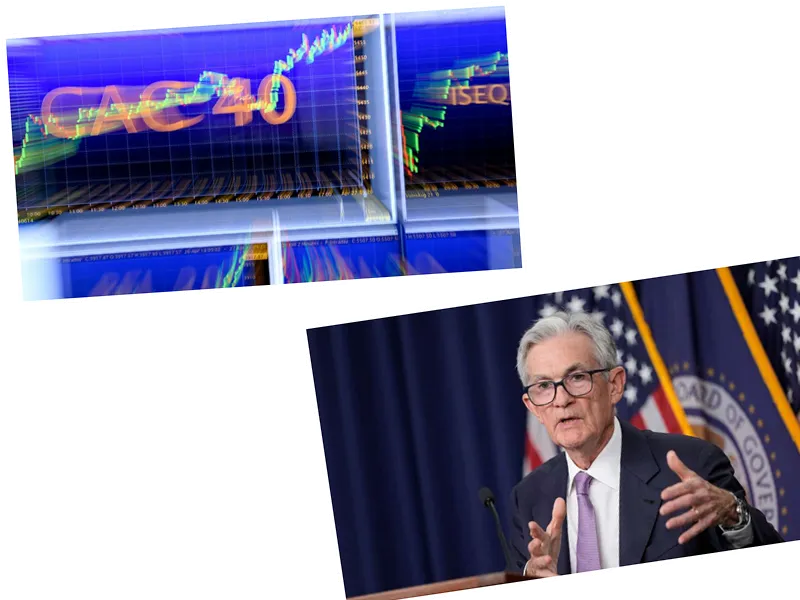ECB Holds Rates Steady Amid Inflation Concerns
The European Central Bank (ECB) has decided to leave interest rates unchanged, with the main refinancing rate at 4.25%, the deposit rate at 3.75%, and the marginal lending rate at 4.50%. This decision, announced after the Governing Council meeting, reflects the ECB's cautious approach amid ongoing inflation concerns. ECB President Christine Lagarde emphasized the bank's data-dependent strategy, stating, "We are not bound to a particular interest rate path."
Some parameters of underlying inflation have increased, but most have remained stable, Lagarde explained. The ECB expects inflation to fluctuate at current levels and eventually fall in the second half of 2025. The bank remains open to a possible rate cut in September, depending on forthcoming economic data and projections.
Federal Reserve Signals Potential Rate Cuts
In contrast, the Federal Reserve in the United States is leaning towards lowering interest rates. The Beige Book, a report reviewing economic conditions across the 12 Federal Reserve districts, indicates a cooling in economic activity, with modest to moderate growth reported in most districts. This slowdown, coupled with easing price pressures, sets the stage for potential rate cuts starting in September.
The Beige Book highlighted that while wages continued to grow at a modest rate, prices generally increased moderately. Consumer spending remained largely unchanged, with many districts reporting that retailers had to discount items to attract price-sensitive consumers. Official statistics show a 0.1% decrease in prices in June, bringing the year-on-year rate to 3.0%.
Comparing ECB and Fed Strategies
While the ECB maintains a cautious stance, the Federal Reserve appears more inclined towards easing monetary policy. Christopher Waller, a Federal Reserve advisor, noted that the time for a rate cut is approaching, citing improvements in the labor market and a cooling economy. Federal Reserve Chairman Jerome Powell echoed this sentiment, expressing increased confidence that inflation is moving towards the 2% target, which is a prerequisite for lowering interest rates.
The differing approaches of the ECB and the Federal Reserve highlight the complex interplay of economic indicators and policy decisions. Both central banks are navigating their respective economic landscapes with a focus on balancing inflation control and economic growth.
- The ECB's decision to hold rates steady comes amid mixed signals on inflation. While some measures of underlying inflation have increased slightly, most have remained stable or declined. Domestic price pressures and services inflation remain high, suggesting that headline inflation is likely to stay above target until much of next year.
- In the United States, the Federal Reserve's Beige Book provides a qualitative overview of economic conditions, helping to interpret other indicators. The report noted that while economic activity grew modestly, some districts experienced stagnant or declining activity. This, combined with a slight decrease in prices, supports the case for potential rate cuts.
- Federal Reserve advisor Christopher Waller emphasized the importance of the labor market in monetary policy decisions. He highlighted that employment growth, nominal wage growth, and the unemployment rate are approaching levels compatible with price stability, suggesting a possible soft landing for the economy. However, he also warned of the risk of rising unemployment.
- Federal Reserve Chairman Jerome Powell's recent statements indicate a cautious optimism about achieving the dual mandate of maximum employment and price stability. With inflation showing signs of easing and the labor market cooling, the Fed is considering rate cuts to support economic growth.






